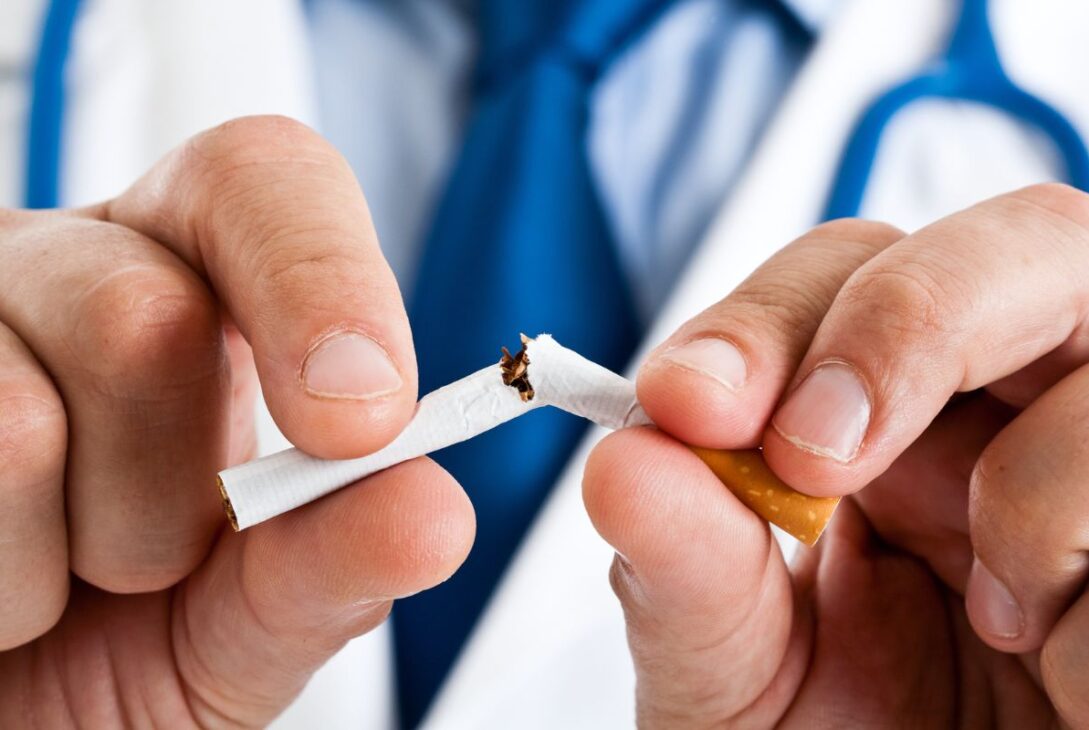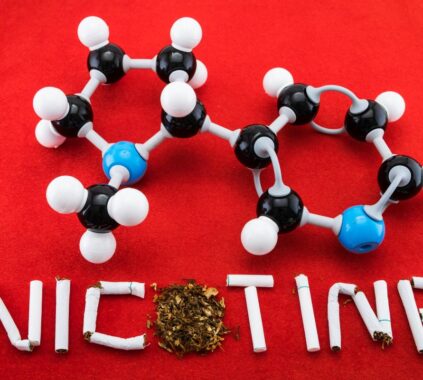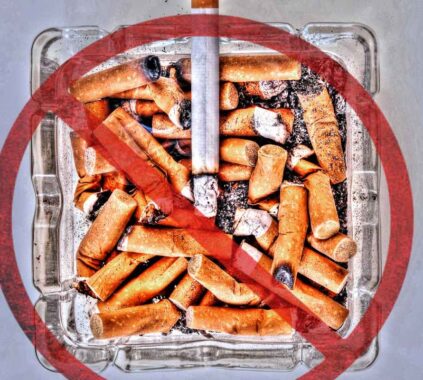Millions of individuals worldwide suffer from hypertension, also known as high blood pressure. It significantly contributes to the risk of heart disease, stroke, and other cardiovascular conditions. While various factors can cause hypertension, smoking remains a significant and preventable culprit. This article will explore numerous methods to lower smoking-related hypertension, emphasizing the importance of quitting smoking for optimal cardiovascular health.
Understanding the Effects of Smoking on Hypertension
Hypertension occurs when the force of blood against the walls of the arteries is consistently too high. Over time, this causes significant health problems by increasing stress on the heart and blood vessels. It is widely recognized that smoking tobacco products, including cigarettes, cigars, and pipes, increases the risk of developing hypertension.
Here are several ways that smoking causes high blood pressure:
- Nicotine: The addictive component of tobacco, nicotine, is a stimulant that raises heart rate and causes blood vessels to narrow. When someone smokes, their blood pressure immediately increases.
- Dangerous Substances in Tobacco Smoke: Carbon monoxide, which reduces the oxygen carried by red blood cells, is one of the many harmful substances in tobacco smoke.
- Long-term Effects: Consistent smoking damages blood vessels and promotes plaque formation, narrowing the arteries and raising blood pressure.
Given the well-established connection between smoking and hypertension, quitting is essential to reduce the risk of high blood pressure and the associated complications.

Ideas to Lower Smoking-Related Hypertension
1. Smoking Cessation Programs
Encouraging individuals to quit smoking is one of the most effective ways to lower hypertension caused by smoking. Smoking cessation programs provide smokers with the support and tools they need to overcome their addiction. Healthcare facilities, community organizations, or online resources can offer these programs. To assist individuals in successfully quitting, they often combine counseling, medication, and behavioral therapy.
2. Public Awareness Initiatives
Public awareness campaigns are crucial in informing people about the risks of smoking and its link to hypertension. Governments, healthcare providers, and nonprofit organizations can collaborate to develop effective anti-smoking initiatives. These efforts should emphasize the detrimental effects of smoking on health, such as the heightened risk of hypertension, and provide information on resources for quitting.
3. Availability of Nicotine Replacement Therapy
Nicotine replacement therapy (NRT) products include gum, patches, lozenges, and inhalers. These products offer a controlled and safer source of nicotine to help individuals gradually reduce their dependence on cigarettes. Making NRT accessible and affordable can assist smokers in their efforts to quit and reduce the immediate blood pressure increase caused by smoking.
4. Increase Taxes on Tobacco Products
Raising taxes on tobacco products has been shown to reduce smoking rates, particularly among youth and those with lower incomes. Higher prices can deter smoking and reduce the number of new smokers, ultimately lowering the prevalence of smoking-related hypertension.
5. Public Place Smoking Bans
Enforcing smoking bans in public places, such as offices, bars, restaurants, parks, and workplaces, can create smoke-free environments that protect non-smokers from secondhand smoke exposure. Additionally, these restrictions encourage smokers to reduce their tobacco consumption or quit entirely, reducing their risk of developing hypertension.
6. School-Based Smoking Prevention Initiatives
Preventing future cases of hypertension requires educating young people about the risks of smoking. Implementing anti-smoking initiatives in schools can increase student awareness and deter them from starting to smoke. These initiatives should be comprehensive, addressing not only the health dangers of smoking but also its social and financial repercussions.
7. Supportive Healthcare Initiatives
Healthcare providers can play a significant role in reducing smoking-related hypertension. They should routinely assess patients’ smoking status and offer guidance and support for quitting. Healthcare systems can also implement electronic health record reminders and provide training to ensure that smoking cessation interventions become a standard part of patient care.
8. Conduct Research
To fully comprehend the intricate connection between smoking and hypertension, more Research is required. Funding and supporting scientific studies can help identify innovative strategies and interventions to reduce the adverse effects of smoking on blood pressure and cardiovascular health.
9. Provide Telehealth Services
Telehealth services have gained popularity, especially after the COVID-19 outbreak. Healthcare practitioners can use telehealth platforms to connect with more individuals seeking assistance quitting smoking. It can increase access to counseling and medication for those who may not have easy access to in-person treatments.
10. Promote Lifestyle Modifications
In addition to quitting smoking, individuals can make lifestyle changes to lower their risk of hypertension. Promoting regular physical activity, a balanced diet, stress reduction, and moderation in alcohol consumption can all contribute to better blood pressure control and cardiovascular health.
Conclusion
Smoking is a modifiable risk factor that contributes to the development of hypertension, which continues to be a significant public health concern. We can progress in lowering smoking-related hypertension by implementing the above suggestions, including public awareness campaigns, supportive healthcare initiatives, and smoking cessation programs. Encouraging individuals to quit smoking and adopt healthier lifestyles is a critical first step toward a healthier, hypertension-free future. To achieve this and prevent the devastating effects of high blood pressure, communities, governments, and healthcare organizations must work together.
Last modified: October 4, 2023






